By Wendy Lazarus
Health care for nearly a million California kids hangs in the balance as the Senate completes its budget deliberations. Over the next two weeks, the Senate has an opportunity to do what the Assembly Budget Subcommittee did: protect kids from the elimination of California’s Healthy Families Program.
Any Californian who cares about children ought to tune in to Governor Brown’s proposal to terminate California’s 14-year-old Healthy Families Program. One in every eleven California kids gets routine checkups, treatment when they are sick, and dental and vision care thanks to Healthy Families. The Governor has proposed to close the doors of the Healthy Families Program and transfer the nearly 900,000 children in Healthy Families into California’s already overstretched Medi-Cal program.
The Governor proposes that this transition occur over a brief nine-month period, starting in October 2012. That’s very little time to get Medi-Cal prepared to receive so many new kids and get them set up properly in a new health care program.
By any measure, Healthy Families is highly successful. The numbers speak for themselves—and they extend beyond improved health status. California children who are newly enrolled in Healthy Families have been shown to have a nearly 63% improvement in performance and paying attention in class. Studies also show Healthy Families has substantially improved kids’ access to needed health care and produced meaningful improvements in their physical, mental, and social well-being.
Why, then, would anyone propose eliminating a program that has proven its effectiveness and is working so well for so many kids? The stated reasons are to save money (a projected $64 million in FY 2012-2013, according to the Governor’s budget) and to simplify state programs by having one less program for families to navigate. However, the nonpartisan Legislative Analyst reports that these anticipated savings are questionable at best.
With regard to program efficiency, families are already facing difficulties finding a doctor or dentist who will take their kids under Medi-Cal. So Medi-Cal needs to shore up the network of doctors for the children it already serves before stretching its capacity to add almost 900,000 more children. The Urban Institute, a well-respected national research organization, recommended against eliminating Healthy Families based on its independent analysis of the proposal with regard to access, ease of use for families, and uncertain impacts on kids.
What happens now? California policymakers will decide the fate of children who rely on Healthy Families in May and June as part of the state budget process. And as early as August, parents could begin receiving notifications of the upcoming changes. If past experience is any indication, these notices will cause immediate concern, confusion, and potential disruption of care for hundreds of thousands of kids.
Instead of this overreach that could hurt many children, leaders for kids have suggested a common sense, incremental approach. We recommend moving 200,000 of the approximately 900,000 Healthy Families kids into Medi-Cal—those kids who, based on the new federal health reform law, will be enrolled in Medi-Cal with their families by January 2014. As part of this more gradual shift, state leaders could and should take steps to ensure there are sufficient doctors and dentists to provide real access to care in Medi-Cal. Then, based on evidence of what is working best for kids over the next few years, well-informed decisions can be made regarding where the rest of the Healthy Families kids should be placed as health reform gets implemented in California. Doctors, faith leaders, United Ways, and many others back this incremental approach.
Since kids don’t vote and don’t have a lot of political clout, it’s not surprising that relatively little attention has been paid so far to the proposed dismantling of a highly successful kids’ health program. Kids face a huge risk that their vital interests will be overshadowed as legislative leaders and the Governor wrestle with budget decisions that involve far bigger dollars. Our state’s littlest people deserve to have the rest of us watch out for their interests.
